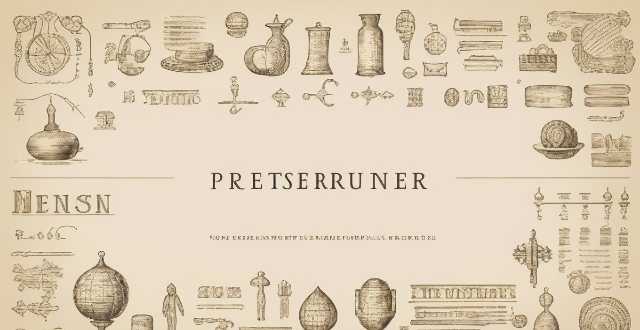The given text provides a comprehensive guide on how to memorize important historical figures and their contributions effectively. It emphasizes the importance of using various techniques such as creating a timeline, using mnemonic devices, storytelling, chunking information, repetition and review, connecting to current events, using flashcards, teaching someone else, and engaging multiple senses. The tips are designed to help readers remember historical information in a more efficient and enjoyable way.

Tips for Memorizing Important Historical Figures and Their Contributions
1. Create a Timeline
- Visual Aid: Start by creating a visual timeline of the historical period you are studying. This will help you place figures in context with one another.
- Key Events: Mark key events and align them with the figures who played significant roles in those events.
2. Use Mnemonic Devices
- Acronyms: For lists of people or concepts, create an acronym or sentence where each word starts with the first letter of what you need to remember.
- Images: Associate each figure with a symbolic image that represents something significant about them or their contribution.
3. Storytelling Method
- Narrative Approach: Weave a story that connects various figures and their contributions. Stories are easier to remember than isolated facts.
- Role-playing: Pretend to be a historian giving a lecture on these figures, this active engagement can solidify your memory.
4. Chunking Information
- Group Similar Figures: Group historical figures based on similarities like their era, region, or their contributions.
- Categorize Information: Break down information into smaller chunks; memorize one chunk at a time before moving on to the next.
5. Repetition and Review
- Spaced Repetition: Review information at increasing intervals over time. This spaced repetition is a proven method to move information from short-term to long-term memory.
- Quiz Yourself: Regularly test your knowledge through self-quizzes or apps designed for learning and review.
6. Connect to Current Events
- Modern Relevance: Try to find news stories or current events that relate back to these historical figures or their contributions.
- Real-world Application: See how their contributions have shaped modern society or politics. This relevance can make the information more memorable.
7. Use Flashcards
- Digital Tools: Utilize digital flashcard apps like Anki or Quizlet, which allow for spaced repetition and can be accessed anywhere.
- Physical Cards: Write important figures and their contributions on flashcards. Quickly review them during spare moments throughout the day.
8. Teach Someone Else
- Explain Concepts: Teach what you've learned to someone else. This not only reinforces your knowledge but also reveals any gaps in your understanding that need further study.
9. Engage Multiple Senses
- Listen to Podcasts: Find podcasts or audiobooks related to the historical figures you're studying. Hearing the information can reinforce what you've read.
- Watch Documentaries: Visual aids like documentaries can provide a deeper understanding and memory retention of historical figures and their context.
By incorporating these strategies into your study routine, you'll find it easier to remember important historical figures and their contributions. Remember, the key is consistency and engaging with the material in diverse ways to strengthen your memory and understanding.